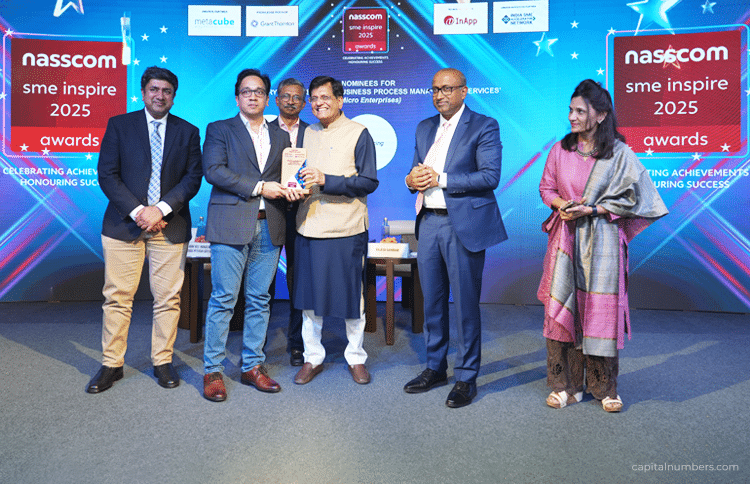Migrating from LAMP to MERN: Why It’s Worth the Switch
As technology changes, so do the tools we use to build it. The LAMP stack has been a go-to choice for full-stack development for years. However, businesses today need something more modern. This is why the importance of MERN stack comes. With its modern features and flexibility, MERN offers more than just stability – it’s …













